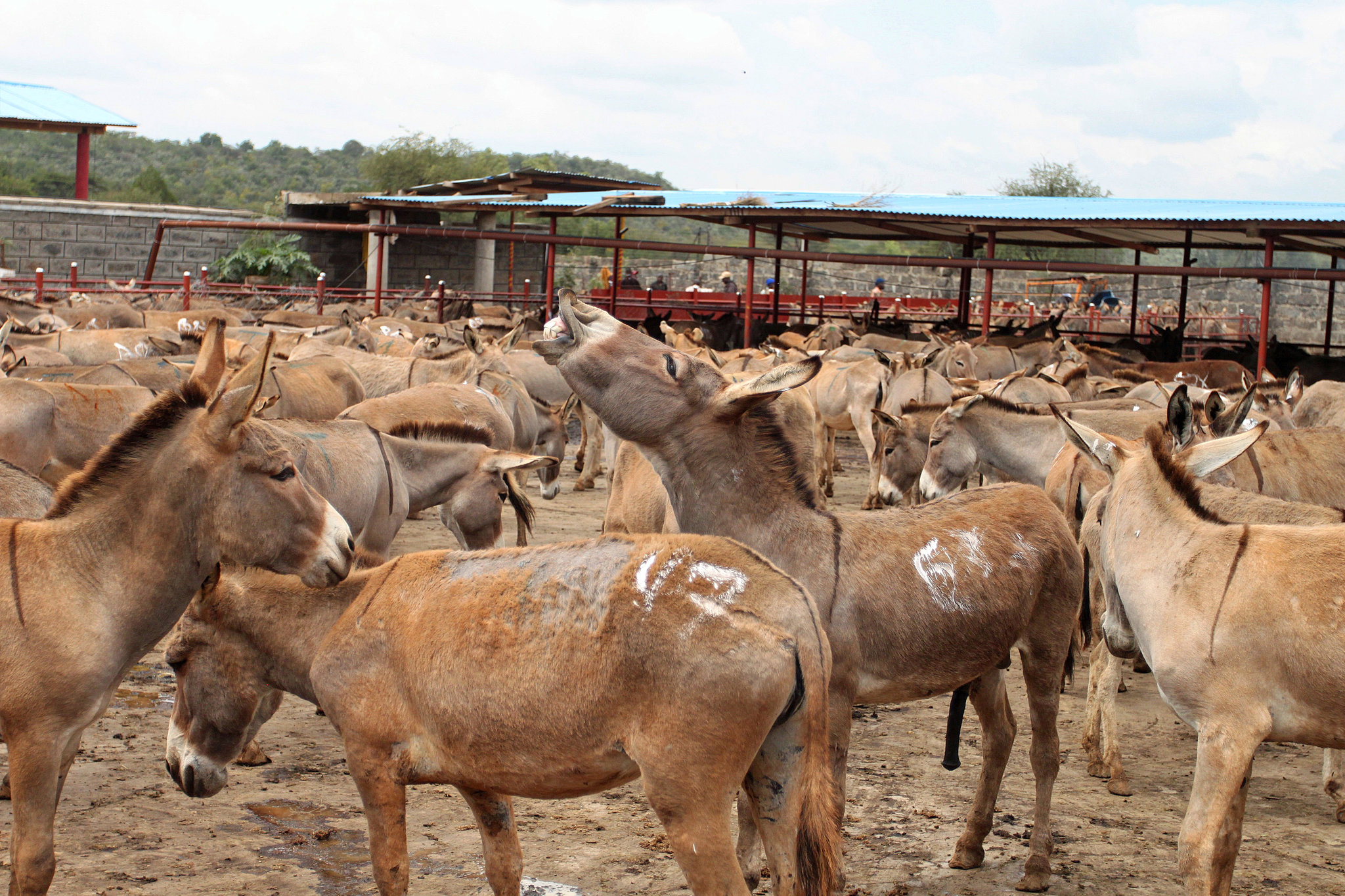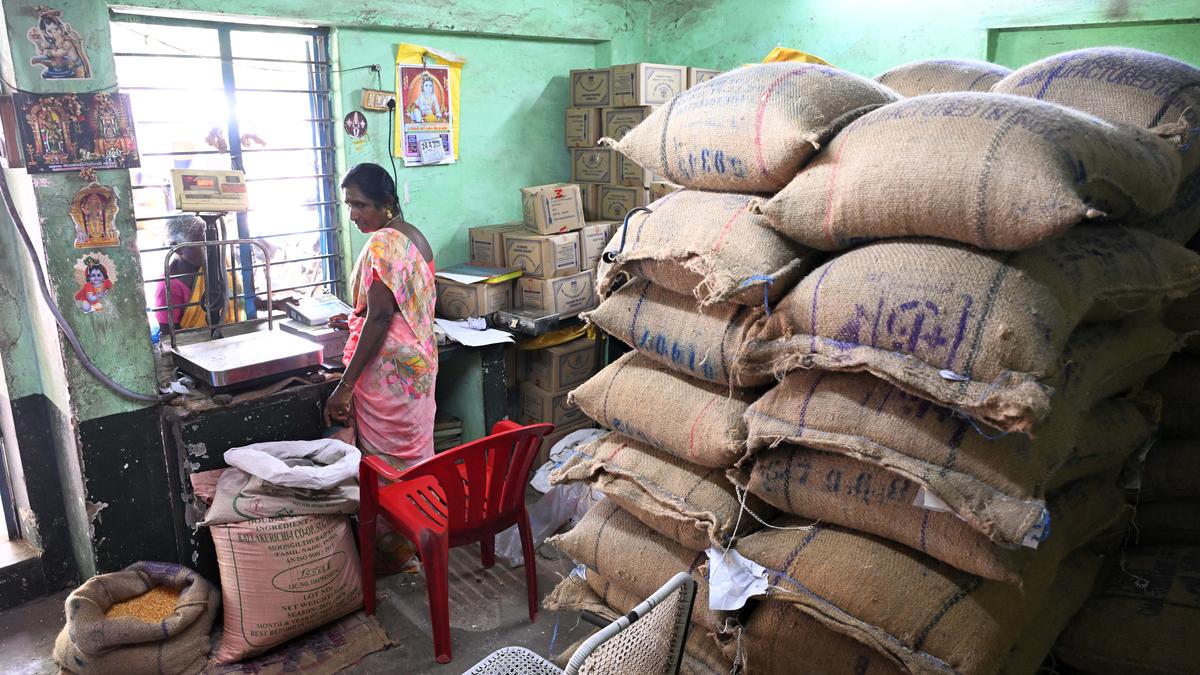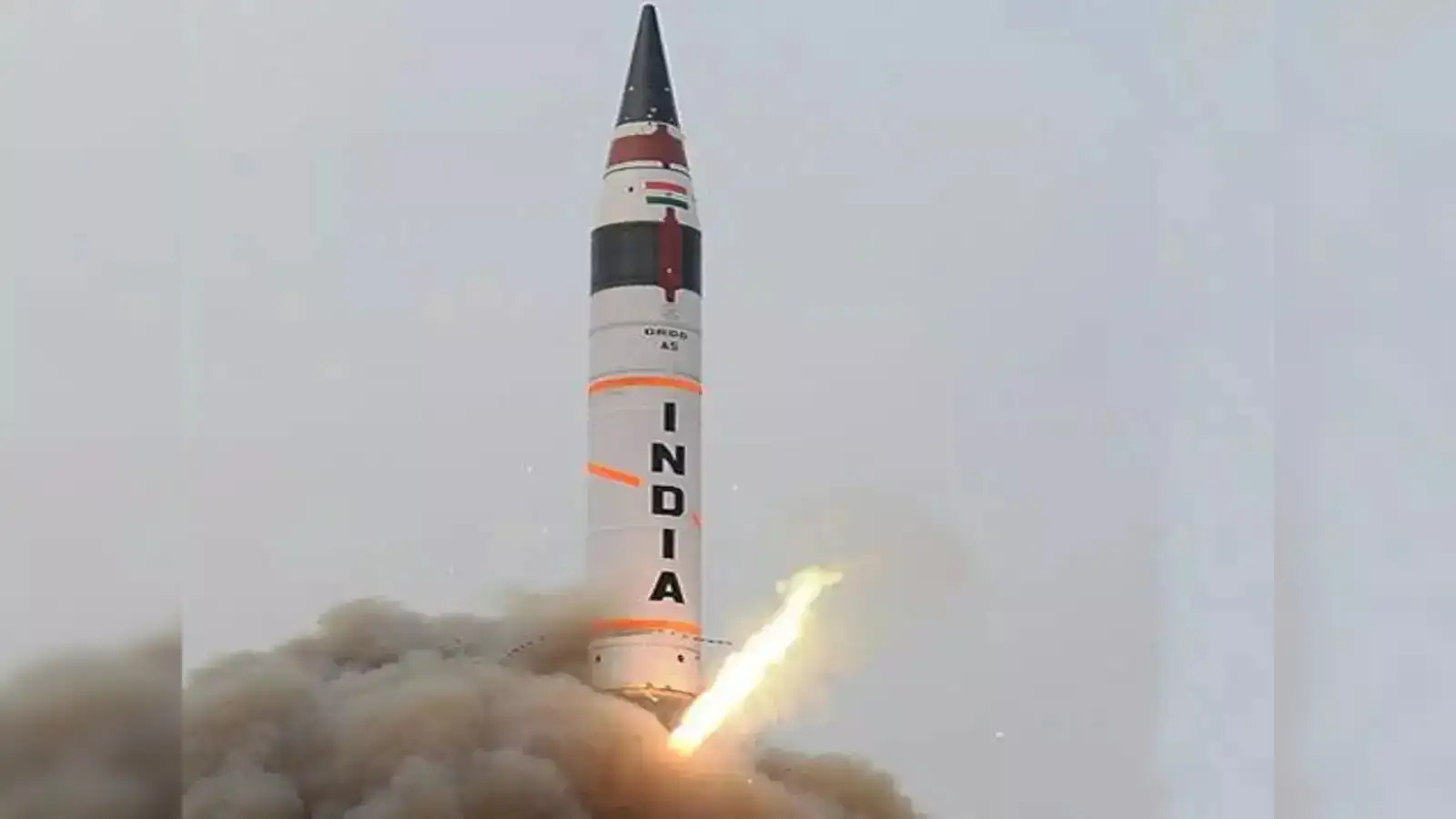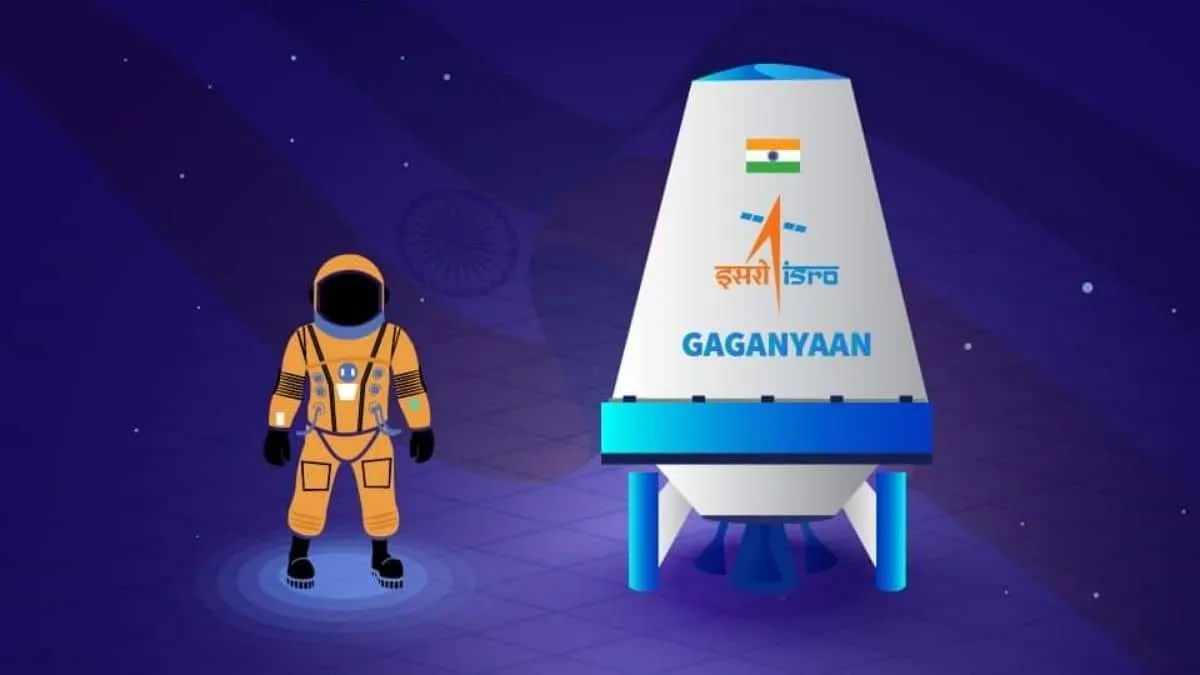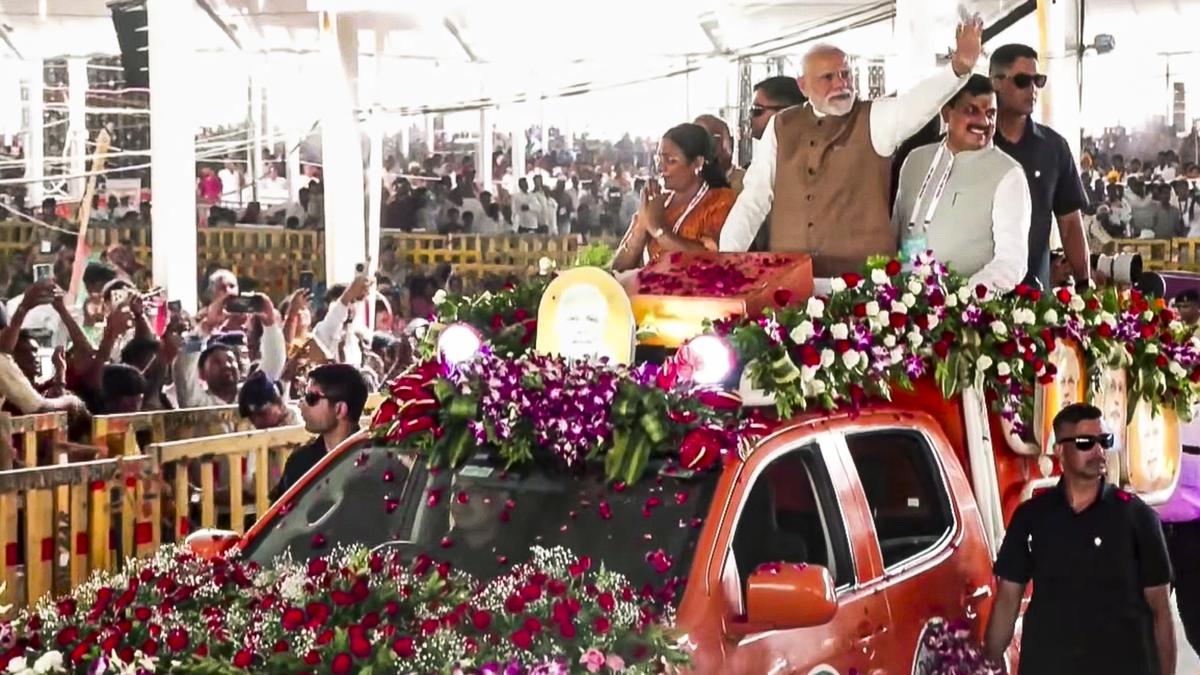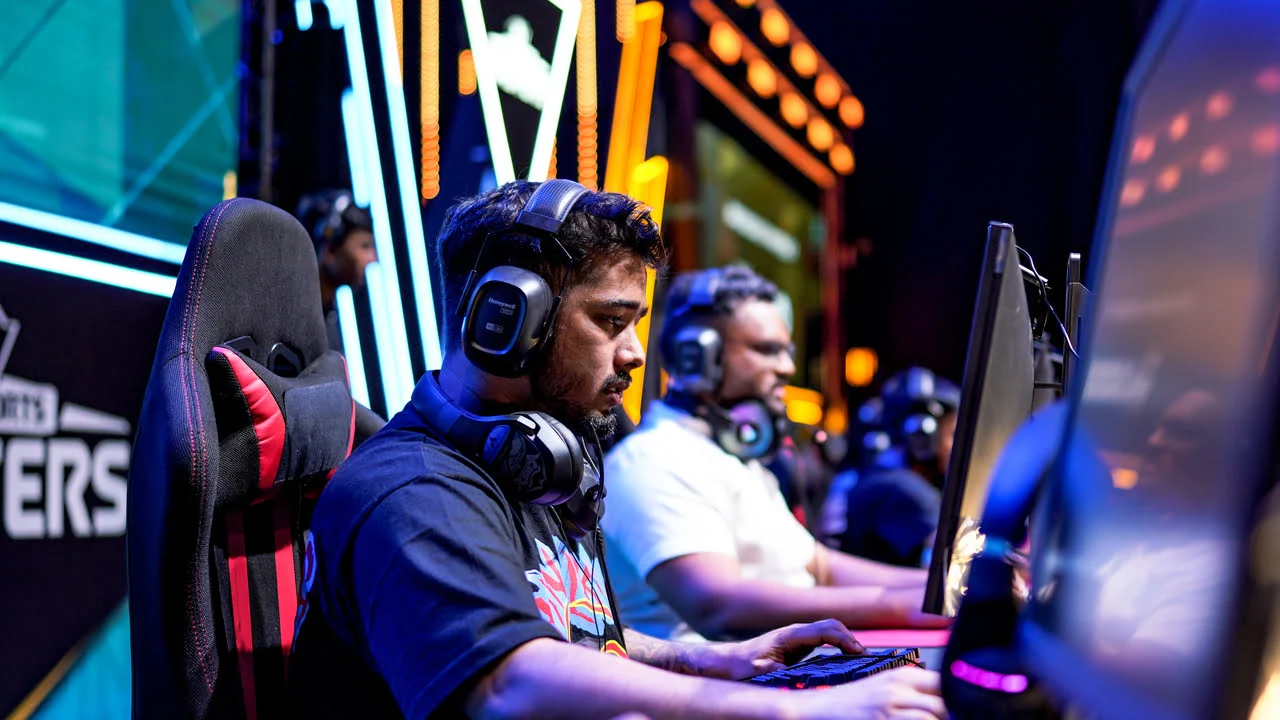
India’s Parliament has banned the operation and promotion of all real money games (RMGs), imposing strict penalties on violators. The move has divided opinion, but one fact is clear: the gaming industry is losing its biggest revenue driver.
From 2022 to 2029, RMGs were projected to generate over 70% of industry revenues. With that gone, the focus shifts to three pillars, in-app purchases (IAPs), advertisements, and e-sports.
IAPs are growing fastest in midcore games like PUBG, where players spend on in-game currency and battle passes. Yet, only 25% of India’s 148 million gamers pay for extras, and average spending remains far below global levels.
Advertisements are another option, especially for casual games, but ad fatigue is a challenge. Reward-based ads perform better, while intrusive ads risk driving players away.
E-sports, however, holds promise. With government recognition, rising sponsorships, and a young gamer base, tournaments are expected to expand rapidly. Mobile e-sports, especially PUBG, dominate the scene.
Though the RMG ban has shaken revenues, India’s growing gamer population, better internet access, and rising disposable incomes could push the industry into a new growth phase.
Tags:
Post a comment
India test-fires nuclear-capable Agni-5 missile before Modi’s China visit
- 21 Aug, 2025
- 2
Can deep ocean water really cool the world’s data centres?
- 27 Aug, 2025
- 2
Why Mission Sudarshan Chakra is important for India's future security
- 25 Aug, 2025
- 2
What is this mission that makes India 4th in the...
- 25 Aug, 2025
- 2
What is Project 17A of Indian Navy?
- 26 Aug, 2025
- 2
Categories
Recent News
Daily Newsletter
Get all the top stories from Blogs to keep track.





